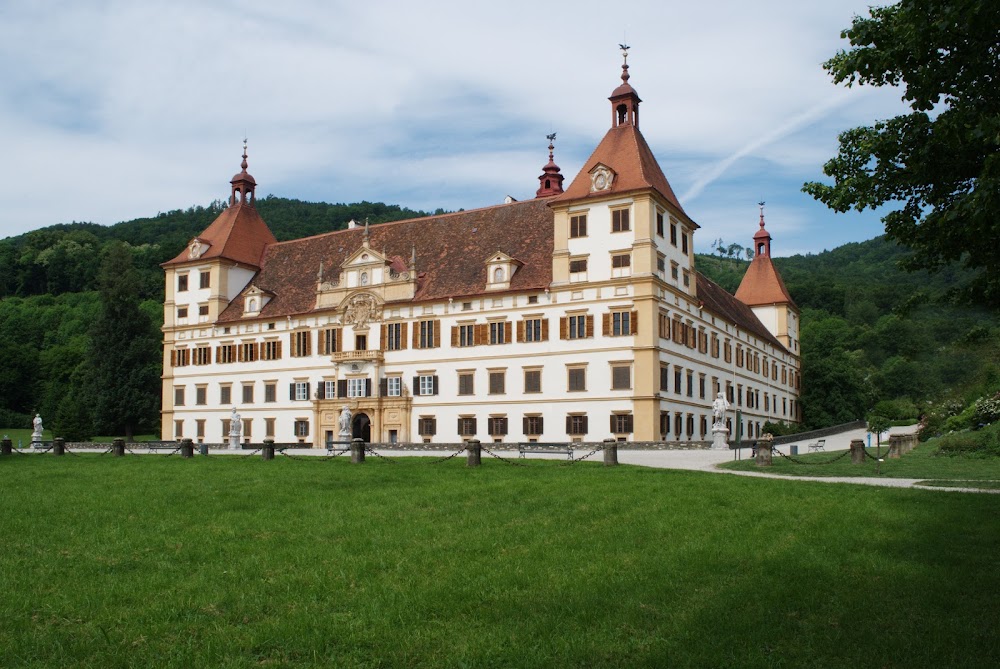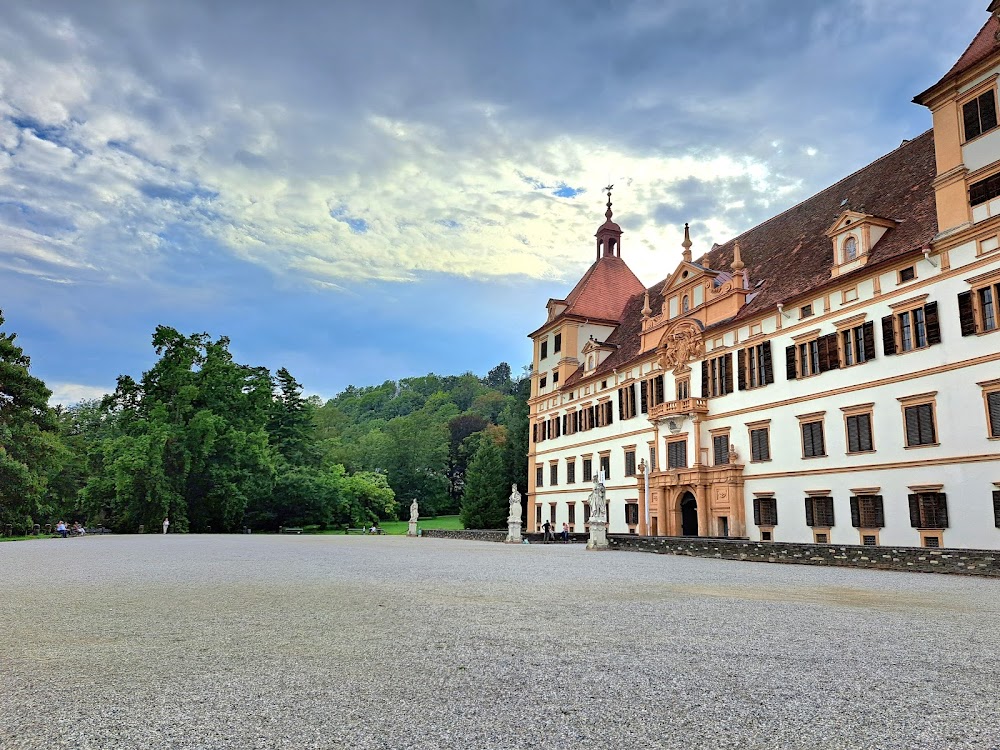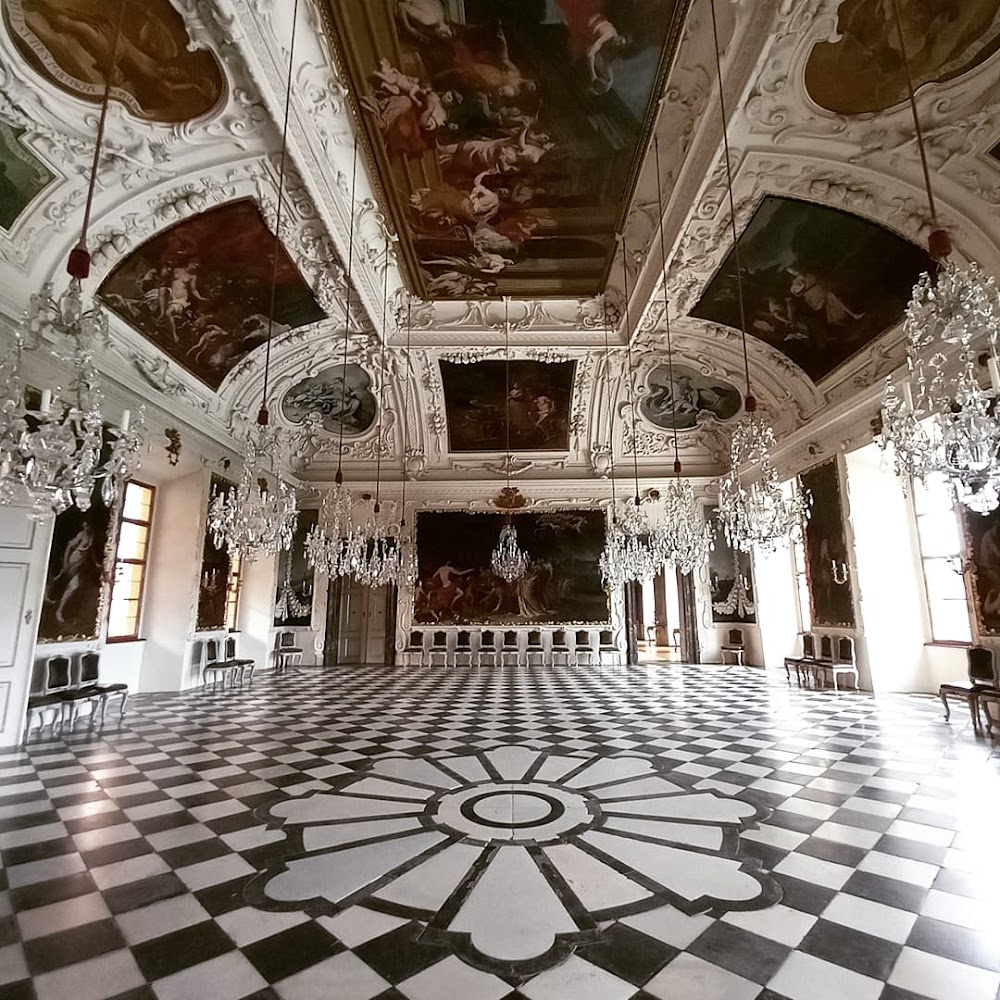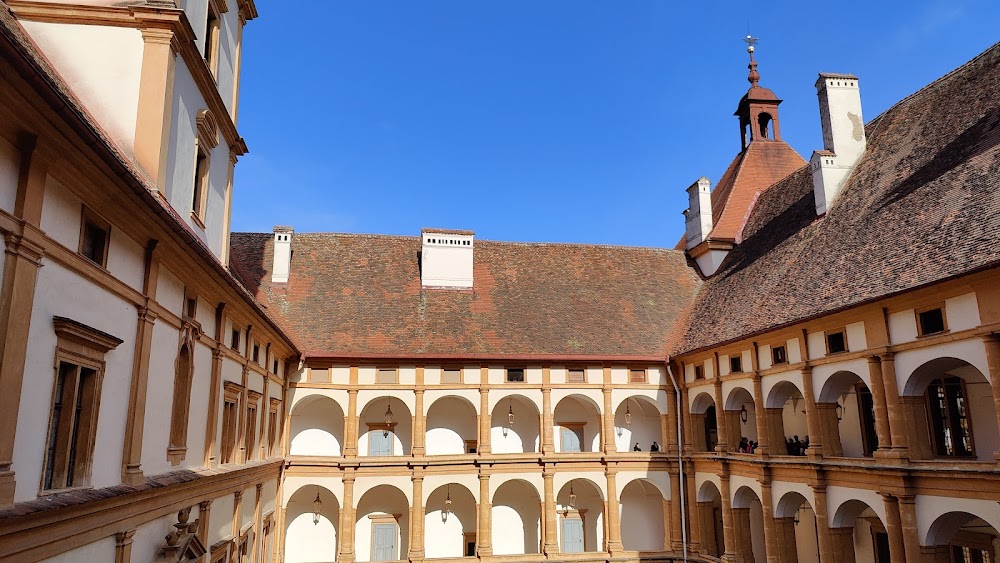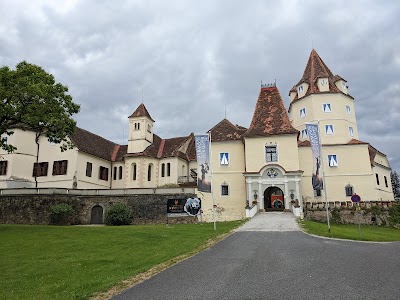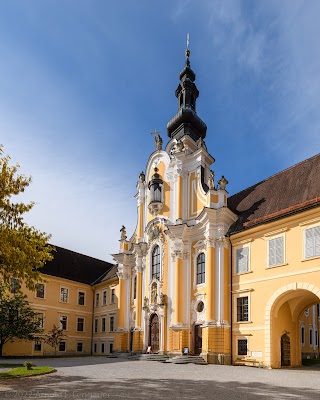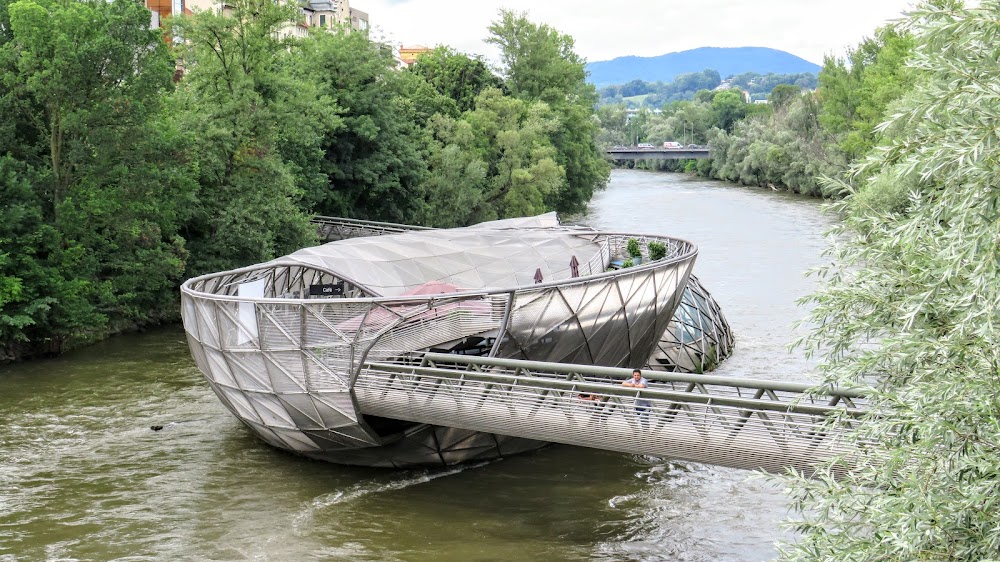Eggenberg Palace (Schloss Eggenberg)
Overview
Introduction to Schloss Eggenberg
Schloss Eggenberg, also known as Eggenberg Palace, is a breathtaking example of Baroque architecture nestled in the picturesque region of Styria, Austria. This remarkable palace is not only one of the country’s most significant cultural monuments but also a stunning representation of the grandeur and influence of the Eggenberg family. Commissioned in the early 17th century by Hans Ulrich von Eggenberg, a prominent statesman and close advisor to Emperor Ferdinand II, the palace was designed to reflect their power and prestige.
Architectural Marvel
Construction of Schloss Eggenberg commenced around 1625 and was completed in 1635, under the expert guidance of the Italian architect Giovanni Pietro de Pomis. Infusing the design with an international flair and the latest architectural innovations of the time, de Pomis created a layout rich in astrological symbolism. The palace's design incorporates numbers and shapes that mirror the cosmos and the calendar, making it a fascinating study in both art and science.
Symbolic Features
One of the most captivating aspects of Schloss Eggenberg is its striking symmetry and symbolic architecture. The palace features four towers, each representing one of the four classical elements: earth, air, fire, and water. It boasts a total of 365 windows, symbolizing the days of the year, and 52 doors, representing the weeks. Additionally, the 24 state rooms within the palace symbolize the hours in a day, showcasing the thoughtful design that permeates the entire structure.
The Planetary Room
A highlight of any visit to Schloss Eggenberg is the extraordinary Planetary Room. Here, visitors can marvel at a series of magnificent ceiling paintings created by the court painter Hans Adam Weissenkircher. These exquisite artworks depict the gods of the solar system, arranged to reflect the cosmic order. This intricate artwork embodies the harmony and grandeur that the Eggenberg family sought to project throughout the palace.
Beautiful Gardens
Complementing the palace's architectural beauty are its expansive, meticulously landscaped gardens, designed in the 18th century. These gardens showcase a harmonious blend of Baroque and English landscape gardening styles. Visitors can wander through the serene pathways, taking in the stunning fountains, sculptures, and the tranquil atmosphere that makes the gardens a perfect retreat.
Historical Changes and Restorations
Over the centuries, Schloss Eggenberg has undergone numerous changes and restorations. In the 18th century, significant refurbishment was undertaken by Johann Leopold Count Herberstein, who married into the Eggenberg family. His efforts focused on preserving the palace’s artistic integrity while introducing modern conveniences of the era. Despite facing challenges, including the destruction wrought by World War II, the palace has been carefully restored and preserved by the Austrian government.
A Cultural Hub Today
Today, Schloss Eggenberg thrives as a vibrant cultural site, managed by the Universalmuseum Joanneum. It hosts a variety of exhibitions, cultural events, and educational programs throughout the year, making it a popular destination for both locals and tourists. Visitors can immerse themselves in Austria’s rich heritage and architectural marvels while exploring the palace and its enchanting gardens.
Conclusion
Schloss Eggenberg stands as a testament to the splendor of the Baroque era and the enduring legacy of the Eggenberg family. With its intricate design, rich history, and beautiful surroundings, it remains a remarkable landmark in Styria, Austria, inviting all who visit to appreciate its historical and cultural significance.


